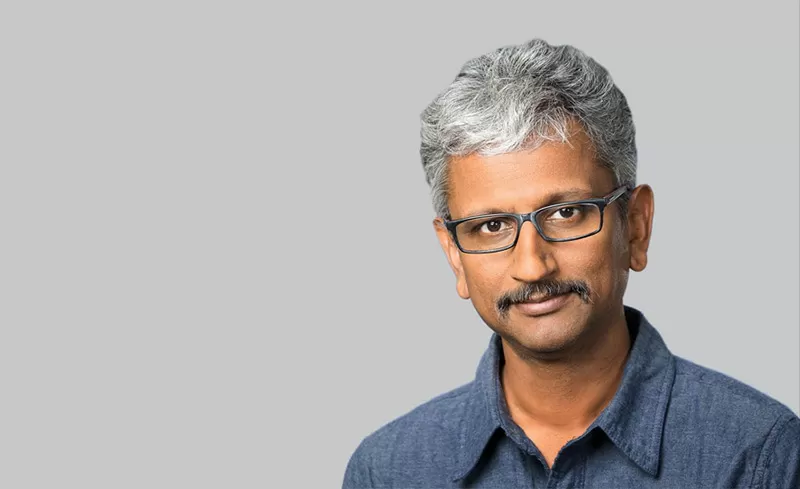In the ever-evolving landscape of technology, certain individuals stand at the intersection of groundbreaking innovation. Raja Koduri is one such luminary. Known for his illustrious career as a chip designer and his tenure as Intel’s chief architect, Koduri has embarked on a new journey as the founder of Mihira AI, a venture poised to redefine the possibilities of artificial intelligence.
Beyond Silicon Valley, Koduri’s ambitions extend into India’s remote areas, aiming to democratize AI’s benefits with data centers strategically placed within 100-kilometer radii. As he sat down with Moneycontrol, Koduri shared insights into his vision for Mihira AI, the future of chip development, and the changing landscape of jobs in the post-AI era.
Mihira AI: Empowering Super-Artists with AI
Mihira AI’s mission is nothing short of audacious—to empower artists across India, turning them into super-artists capable of creating visual spectacles that rival Hollywood blockbusters. Koduri envisions a future where AI-powered tools enable the creation of visual masterpieces with budgets that defy convention.
Koduri explained, “We want to harness the power of AI to make every artist a super-artist. If we can train thousands of artists across India on the new tools, we can create visual spectacles that are 10 times bigger than Game of Thrones. And do it within reasonable budgets. Avatar cost around $400 million. The challenge is to make it in $10 million with the help of AI.”
Investing in India’s Computing Infrastructure
To realize this ambitious vision, Mihira AI’s workforce predominantly resides in India. Over 80 percent of their staff will operate from India, with a plan to establish data centers even in the remotest parts of the country.
Koduri emphasized the need for robust computing infrastructure, saying, “At every less than 100 km radius, we need a huge supercomputer that services all kinds of AI needs. And that’s what I’ve been pushing with the government of India. If India aspires to be the number one country in technology, we need to have the best infrastructure for computing in the entire world.”
Attracting Talent and Building Intellectual Property
While India may not have Silicon Valley’s financial prowess, Koduri believes that passion and a thriving ecosystem can attract top-notch chip and AI engineers back to their homeland. He underlines the importance of building intellectual property-based products rather than becoming service-oriented companies.
Koduri explained, “We need startups to be building for the end user, be it in gaming, AI, cell phones, or other domains. I have no doubt it will happen in India.”
The Legacy of Moore’s Law
One topic of discussion was the fate of Moore’s Law, which historically dictated that chip performance would double every two years without a price increase. Koduri, with a hint of humor, noted that Moore’s Law has been dead for a while.
He stated, “There’s nothing today whose performance will double next year. If you are lucky, its cost won’t increase. But the cost of the iPhone has been increasing every year.”
Koduri also acknowledged his role in unintentionally propagating the notion that advanced packaging would revive Moore’s Law. He clarified, “All of the advanced packaging is really expensive today. This whole idea of chiplets and packaging will reduce cost and continue Moore’s Law — all of this propaganda — can be traced back to a set of slides I made in 2018. That caused all this confusion and chaos. You can blame it on me.”
AI and the Future of Jobs
In discussing AI’s impact on employment, Koduri shared a bold prediction. He believes that in the post-AI era, soft-knowledge workers like himself will find themselves at the bottom of the job hierarchy, while those with skills in hard physical labor will rise to the top.
He said, “In the future, you will have to do your own electricity repairs and plumbing. They will be sitting in a nice resort and guiding you virtually how to do it. The soft-knowledge people like us will be at the bottom of the food chain in the post-AI era.”
As the conversation with Raja Koduri unfolded, it became evident that his vision for Mihira AI, his insights on chip development, and his perspective on the future of work are all guided by a relentless pursuit of innovation and a deep commitment to advancing technology for the benefit of humanity. In the years to come, the impact of his endeavors is bound to reshape the tech landscape and redefine our understanding of what’s possible in the world of artificial intelligence.

